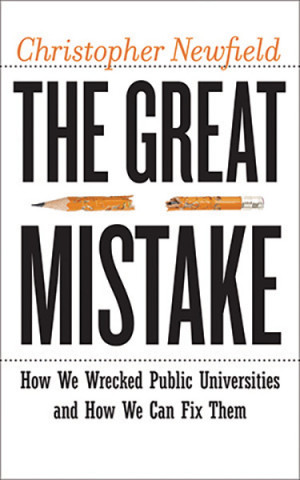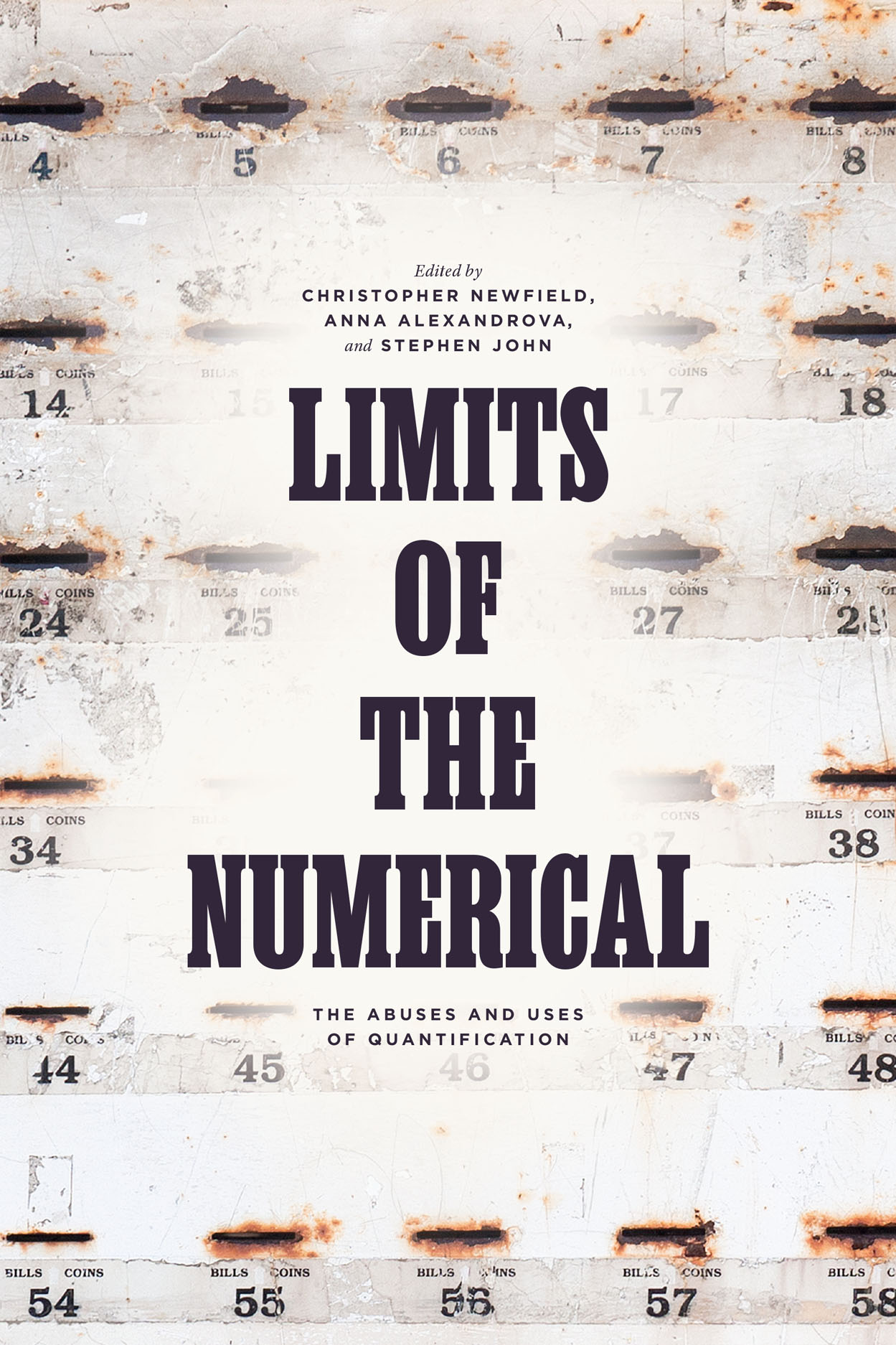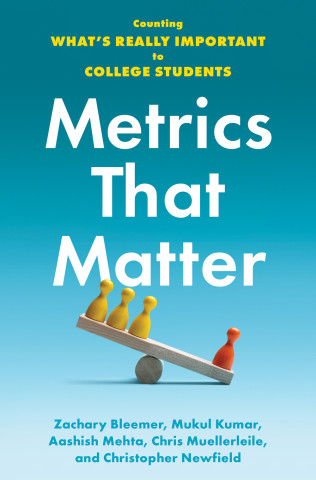BY
Jonathan Lemuel
It is always intimidating to write against the opinions of the Great and the Powerful. This difficulty is especially large for someone, like me, speaking on topics far out of my depth. Indeed, my only claim to this subject, as some of you may know, derives from my efforts to translate the ramblings of my Yahoo into prose approaching a Journal. But as I listened to my Yahoo and struggled to understand the sounds, I noticed a continual mention of a “Master Plan”; normally expressed with great anger, frustration, and sadness. Indeed, whenever he mentioned this “Master Plan” it became almost impossible to calm him down without the help of Physicians. Curious, I began to research this topic and discovered, much to my surprise and confusion, that the Master Plan was a sort of archaic document that the Great and the Powerful had decided no longer should guide our thinking and policy. Yet when I looked further into the topic I became less sure why they thought that was so.
I want to be clear that I am not suggesting a return to the Master Plan in its primitive form. To do so, I would have to be as mad as my Yahoo. For three decades now the Wealthy and Powerful have expended great efforts in teaching all of us that the notion of an egalitarian system of education was simple foolishness, unfair to those wise enough to hold power and wealth (especially in papers called capital gains) and cruelly denying to them the freedom not to be concerned with others. I would never think to challenge the wisdom of the labors of those decades. Nor would I be misunderstood as suggesting even a return to the Master Plan of the 1990s. For to do that would be to expect that 25 cents of every $100 dollars of income in the state would be committed to the University of California and, the Lord only knows, how many pennies more to the California State University and the Community College System. No person with any claim to realism or wisdom could expect such extravagant sums.
But even so, when I read about the “Compact” or the notion of the “Hybrid University” I am unable to see exactly how they will provide the good of Public Higher Education. Now I am just as seduced by a new catch-phrase as anyone; and I certainly understand the immense prestige our society grants to anyone able to come up with a new and distinctive slogan. But, alas, I am prone to thinking in analogies and my mind remembered the excitement of “New Coke” and how that only created a problem and was unable to solve it. So I was left to ask: what is the problem that the “Compact” was supposed to solve? And what is the improvement that the “Hybrid University” sought to name? The “Compact” I have heard (if any of the Wise would correct me please do), was meant to preserve Public Higher Education from the Governor imposing even further cuts even though we are assured that “he gets it with regard to Higher Education”(RegentsTranscipt2). I was surprised to learn, however, that the “Compact” set up funding levels far below those that would have enabled the Universities to educate growing numbers with relatively equal resources to those they possessed in 2001. And I was truly shocked to learn that the Governor did not even deliver on the resources he promised in the compact.
Now having seen the evident failure of the “Compact” to defend Public Higher Education I might, had I been a Regent and a less timid soul, have thought that perhaps we might try another strategy to convince California that it was endangering a crucial part of the State’s happiness and future (although I understand that the Regents would have run the risk of appearing as unseemly as the Yahoos who recently sought to make that case on various college campuses). But Wealth and Power are clearly more far-sighted than I. For they chose to turn in their crisis to a proponent of the “hybrid university,” a person willing to articulate a new path even if, as he says, “the shine is off” education. And it was, unquestionably, a brilliant move. For if the “Compact” preserved a façade of Higher Public Education while merely acquiescing in a decline of public support, a rising dependence on private fundraising, and increased financial burdens on students, the “Hybrid University” provides a fully conceptualized argument for why the new financial order has made traditional public higher education obsolete. It is economic necessity the Wise tell us. Something has to lose out to healthcare (and it cannot be prisons or corporate profits of course), so students will have to pay more for their education and the shared commitment to public education will wither away. It is no one’s fault you see. It is just the way things are.
But, and here I hope I do not get out of my place, I do wonder if it will provide all that it seems to promise. After all, the “Hybrid University” is a new brand. What old brand did it replace? This question stumped me and the wits around me. But then I remembered an older President who proclaimed a “multiversity.” Now the multiversity was controversial in its time (and its time was the archaic period of the “Master Plan”). But the multiversity named itself by form and function—by the types of education it provided and the public functions it performed. The question its proponents had to answer was how to finance and justify it. The “Hybrid University” on the other hand names itself by its finances. It is named by its money flows and guided by its fundraising and administrators. Its form and its functions, its educational aims and offerings follow but do not lead. It is true that the State has been an “unreliable partner”(RegentsTranscipt1) But does that mean that we should therefore seek out disestablishment and acquiesce in the end of the Public?
I worry, then, that Abolishing the Master Plan may not do all of the good that it is supposed to do. For all agree that they are determined to maintain the California University system in its greatness and excellence—and in its accessibility. But their steps to abolish the master plan will make the University system no longer a system of Public Higher Education. And with that will there still be accessibility?
Still, I do have some hope. After all, it seems impossible for a private university to operate on the scale of the University of California and the California State University. And if students are not educated what will they do? There are, of course, the prisons. But it costs considerably more to incarcerate than to educate. And, since the State has also decided it is a waste to train prisoners the loss to the workforce may strike some business as unwise. If nothing else, the profit margin may put paid to the Abolition of the Master Plan.
- Research Website
- Why I Restarted This Blog
Christopher Newfield
UC Daily Links
Book
Chicago Tribune review | Chronicle of Higher Ed interview
The Atlantic article | SB Independent articles 1 and 2
LARB review | John McGowan review | Decasia review
Radical Teacher review | Salon analysis | Public Books review
Future Trends interview | Full Stop interview pt 1 and 2
symplokē review | Change Magazine review
Frequent Labels
Labels
- ACCJC vs. CCSF (1)
- Academic Freedom (66)
- Academic Labor (60)
- Academic Senate (29)
- Admin Responses (158)
- Administrative Overreach (25)
- Affordability (27)
- Athletics (5)
- Austerity (48)
- Budget (298)
- Cal State (30)
- California (50)
- Campus Safety (33)
- Closures (2)
- Community College (12)
- Cooper Union (1)
- Corruption (5)
- Costs (71)
- Crisis (152)
- Cuts (110)
- Development (19)
- Discrimination (9)
- Diversity (7)
- Economy (8)
- Employee Benefits (39)
- Faculty (103)
- Financial Aid (13)
- For-Profit (9)
- Funding Model (132)
- Furlough (12)
- Future University (29)
- Governance (67)
- Graduates (10)
- Humanities (35)
- Income (33)
- Inequality (44)
- International (19)
- Isla Vista Shootings (3)
- Janet Napolitano (38)
- Jerry Brown (43)
- K-12 (2)
- Liberal Arts (15)
- Management (61)
- Margaret Spellings (2)
- Mark Yudof (19)
- November 2009 (1)
- Online Education (43)
- Pension (19)
- Politics (71)
- Privatization (42)
- Protests (79)
- Public Funding (93)
- Public vs. Private (76)
- Quality (27)
- Race (24)
- Religion & Culture (5)
- Research (36)
- STEM (11)
- Shared Governance (42)
- Steven Salaita (6)
- Strategies & Goals (60)
- Students (61)
- Tenure (10)
- Transparency (15)
- Tuition Hikes (28)
- UC (249)
- UC Berkeley (40)
- UC Care (18)
- UC Davis (17)
- UC Irvine (5)
- UC Los Angeles (6)
- UC Regents (82)
- UC Riverside (11)
- UC Santa Barbara (25)
- UCOF (21)
- UCOP (66)
- Unions (20)
- University of Missouri (1)
- University of Wisconsin System (8)
- Vegara vs. California (1)
All Posts
All Posts
-
▼
2009
(216)
-
▼
September
(22)
- Mark Yudof Says Yes-No to UC's Public Option
- UC Systemwide Protest Roundup
- We Are All Corpses Now?
- An Argument Against Abolishing The Master Plan
- There is NO Alternative
- UCSB Day of Action Sept 24
- Saying the Thing that is Not
- Berkeley Faculty Group Endorses Week of Education
- Day of Action at UCI
- Video of UC Berkeley Teach-In on the State of UC
- Mark Yudof's Budget Remarks at UC Regents Meeting
- Starving the State of California?
- UC Student Association Endorses Walkout
- The Fee Hike Shoe Drops
- Schwarzenegger Tax Commission Proposals: Will They...
- Non-resident tuition: “profit” = revenues - costs
- Notes on the UC Commission's First Meeting
- Regents Commission's First Speaker: Overview of th...
- No Confidence Vote is of Landslide Proportions
- Cuts and UC's Core Values: UCB Prof. Catherine M Cole
- Can Doubling Out-of-State Students Save Berkeley's...
- A Trickle Rising River of Layoffs
-
▼
September
(22)
Blogroll
- Academic Jobs Wiki
- Calitics
- Campaign for the Public University (UK)
- Changing Universities
- Citizen of Somewhere Else (SUNY Issues)
- Cloudminder
- Critical Education (UK)
- Easily Distracted (Timothy Burke)
- Edu-Factory
- Exquisite Life (UK)
- Higher Ed Watch
- Higher Education - The Guardian (UK)
- Homeless Adjunct
- Humanities Think Talk
- In Socrates' Wake
- Keep California's Promise
- Magna Charta Observatory (Bologna)
- New Deal for the Humanities
- New Faculty Majority
- Occupy Colleges
- Postgraduate Worker (UK)
- PrawfsBlawg
- Quality Public Higher Education
- Recession Realities in Higher Education Blog
- Reclaim UC
- Reclamations
- Sciences Carré Blog (France)
- Student Activism
- Texas Tribune - Higher Ed
- The California Professor
- The Quick and the Ed
- UC Faculty Supporting Students
- UC Pay Search Tool
- UCLA Faculty Association Blog
- Universitas (France)
- University Diaries (Margaret Soltan)
- University of Oregon Matters
- University Probe
- We Are Not Rats (Scotland)




1 comments:
Swift would be proud.
Join the Conversation
Note: Firefox is occasionally incompatible with our comments section. We apologize for the inconvenience.